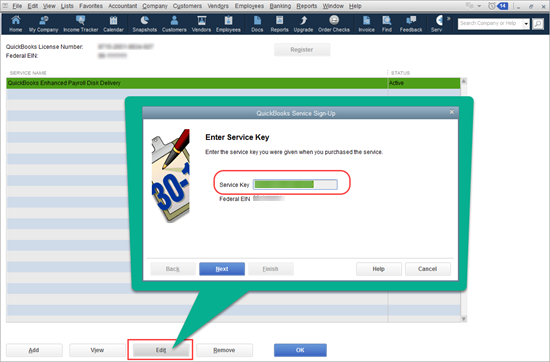

Many companies pay employees on a bi-weekly schedule. For this reason, it’s important for businesses to carefully track the wages owed to employees. Accrue short-term wage liabilitiesĪccounting rules stipulate that expenses and liabilities should be accrued when they are incurred. Recording the payroll process with journal entries involves three steps: accruing payroll liabilities, transferring cash, and making payments. Unfortunately, doing payroll is never this basic.

The cash account (an asset) decreases, and wages are an expense account that decreases equity. The most basic payroll entry involves crediting cash and debiting wage expenses. Accounts on the left side of the equation increase when debited and decrease when credited, and vice versa for accounts on the right side. Each entry affects at least two accounts that are typically on different sides of the accounting equation:Įach journal entry has debits and credits that must add up to the same number.

Payroll journal entries are what an accountant (or in many cases the small business owner) uses to record business activity. Overview: What is a payroll journal entry? In this article, we’ll go over how to make payroll general ledger entries and why liabilities must first be accrued for payroll and related accounts. When you sell inventory, you have a seemingly infinite number of processes and methods you could use to account for it.Īnd in payroll accounting, you have several different journal entries to make, first to accrue liabilities, and then to make payments. When you purchase a new truck, you don’t expense it right away it gets depreciated over many years. 1 thing I’ve learned since I started my career in accounting is that there's always more to accounting for an event than you’d think. The Ascent guide to recording payroll transactions with journal entries.


 0 kommentar(er)
0 kommentar(er)
